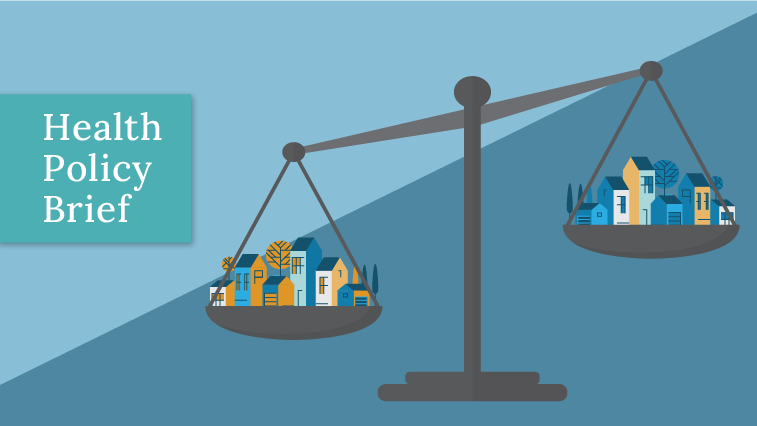
U.S. residential segregation and health
A new health policy brief by the Lewis Center’s associate faculty director looks at the issue of U.S. residential segregation, its impact on health, and policies to alleviate the problem.
Michael Lens, associate professor of urban planning and public policy, co-authored a brief on the public policies to address residential segregation and improve health in Health Affairs. The brief’s other author is Justin Steil from the Massachusetts Institute of Technology.
The brief presents both place- and people-based policies that have been used to combat residential segregation and examines their efficacy and also describes some of the key legislation and litigation.
The housing choice voucher program, assisting some 2.3 million households annually with rent payments, is one of the most well-known policies. The Moving To Opportunity demonstration program provides much of the existing research about vouchers’ effect on segregation.
According to the research, voucher-holding participants often face multiple challenges, including a limited supply of rental housing in low-poverty neighborhoods. Nonetheless, program participants were found to have improved mental and physical health, and children experienced higher college graduation and earnings, than those who did not move.
In addition to a discussion about vouchers, the brief evaluates other public policies addressing residential segregation and improved health, such as inclusionary zoning, public housing redevelopment, and the low-income housing tax credit.
The authors conclude that evidence of the effectiveness of antisegregation policies is often mixed, noting, “most policies have yet to achieve truly consequential gains in the fight against residential segregation,” which is partly due to limited resources and attention.
This brief is one of a pair released by Health Affairs on residential segregation and health. The companion brief provides an overview of the history of US residential segregation and explains how such segregation is linked to disparities in many of the material conditions needed to support health.



